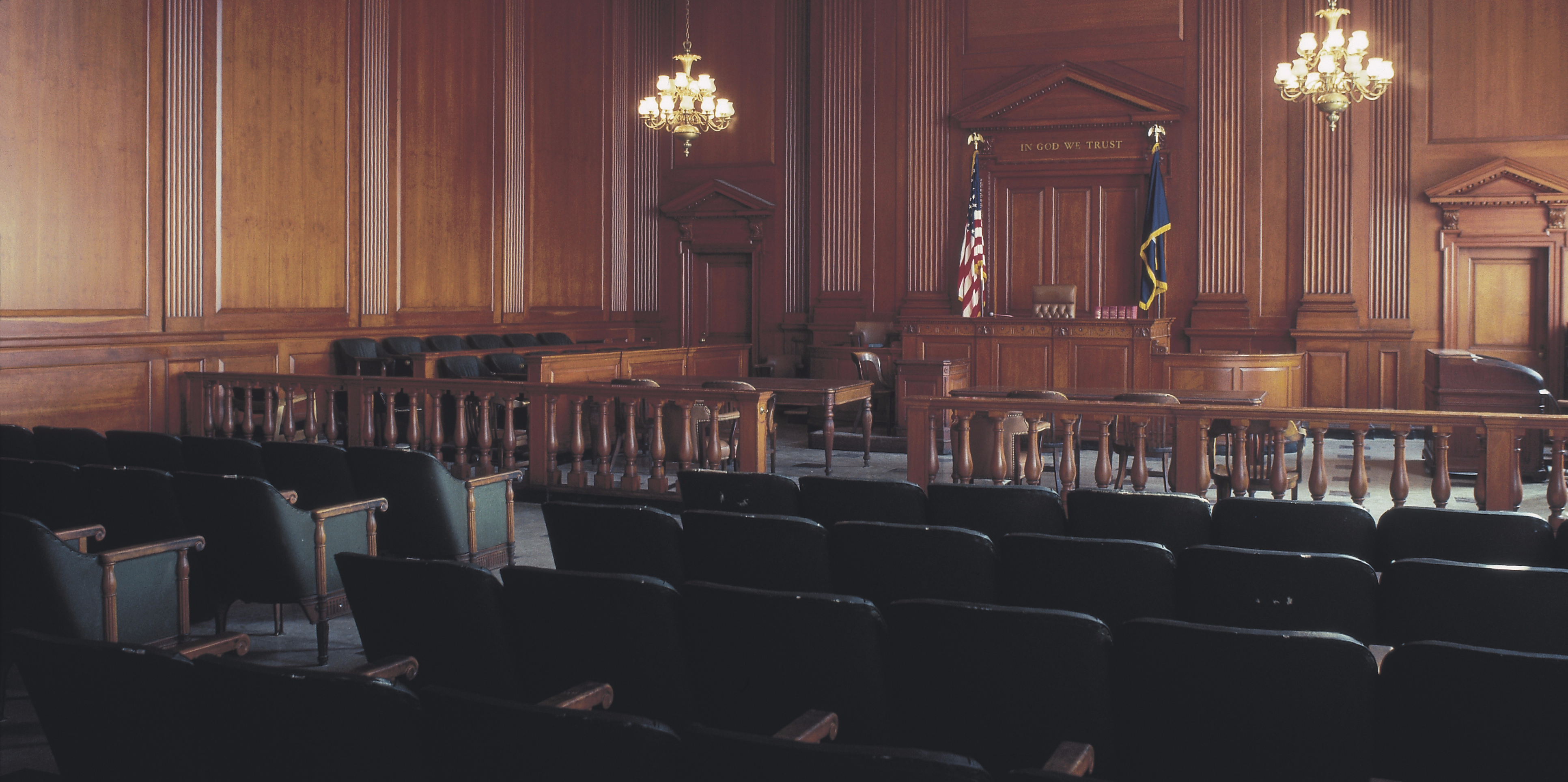Trial Presentation Focused Services for Visual Storytelling in Legal Cases
Astound the Court: Crucial Elements of a Powerful Trial Presentation
Necessary elements such as recognizing the audience, crafting a compelling story, and mastering verbal and non-verbal communication are crucial elements of a reliable presentation. As these aspects intertwine, they form a cohesive technique that not only educates however additionally engages jurors on multiple degrees.

Understanding Your Audience
Recognizing your audience is a pivotal facet of reliable trial presentation. An effective presentation depends upon the capability to realize the demographics, values, and tendencies of jurors. This comprehension informs how debates are mounted, proof exists, and sob stories are crafted, guaranteeing that the message reverberates with the jurors on a personal level.
Research study suggests that jurors originated from varied backgrounds and might have varying levels of recognizing pertaining to lawful process (trial presentation). Therefore, it is critical to stay clear of lawful lingo that can estrange or puzzle them. Rather, using clear, relatable language cultivates involvement and understanding. In addition, recognizing the jurors' prospective predispositions and life experiences permits the test speaker to prepare for arguments and address issues proactively.
Efficient test discussion also involves observing jurors' responses throughout the proceedings. Engaging with jurors as individuals rather than a cumulative unit is essential in promoting a solid link in the courtroom.

Crafting an Engaging Narrative
Crafting an engaging story is vital in guiding jurors with the complexities of an instance. A well-structured narrative not just simplifies detailed lawful concepts but also involves jurors on an emotional degree, making the details much more relatable and remarkable.
This message must resonate with the jurors' values and experiences, promoting a link that transcends plain facts. This chronological technique can aid jurors follow the development of occasions, emphasizing cause and impact.
Incorporating human elements-- such as individual tales or anecdotes-- can better enhance the narrative's impact. These aspects stimulate compassion, allowing jurors to imagine the effects of the situation on real lives. Additionally, utilizing a regular motif throughout the discussion reinforces the main disagreement, making it easier for jurors to maintain critical points.
Ultimately, a compelling narrative transforms a trial presentation from a mere recounting of facts into a convincing tale that mesmerizes the court, urging them to mull over with both factor and feeling.
Making Use Of Visual Help
Including visual aids right into a test discussion can significantly boost jurors' comprehension and retention of details. Aesthetic products such as graphes, representations, photographs, and video clips can change complicated legal ideas and evidence into easily absorbable styles. By engaging numerous detects, these aids allow jurors to imagine the case's vital aspects, making it much easier for them to follow along and grasp detailed details.
Furthermore, well-designed aesthetic aids can stress essential points and emphasize partnerships between different items of evidence. Timelines can successfully illustrate the series of occasions, while annotated images can clear up specific information relevant to the situation. This not just aids in understanding yet likewise enhances the narrative offered by the lawyer.
Extremely complex or messy visuals might bewilder jurors and take away from the message. Ultimately, efficient visual interaction can be an effective tool in convincing jurors and assisting them image source reach notified verdicts.
Mastering Verbal Communication
Effective verbal interaction is crucial in a trial discussion, as it offers as the key ways with which attorneys convey their arguments and connect with jurors. Simpleness in language cultivates understanding and assists jurors understand intricate concerns a knockout post provided during the trial.
Furthermore, tone and pacing considerably impact just how messages are gotten. A certain tone shares authority, while proper pacing enables jurors to absorb details without feeling overwhelmed. Lawyers must also vary their vocal inflections to stress bottom lines and keep jurors' rate of interest throughout the presentation.
In addition, the organization of verbal arguments is important. Structuring the narrative logically and coherently aids jurors comply with the lawyer's logic, making it simpler for them to preserve essential details. Utilizing persuasive methods, such as storytelling, can likewise enhance the psychological resonance of the disagreements presented, thereby producing a more profound link with jurors.
Ultimately, grasping verbal communication not only reinforces an attorney's instance but likewise cultivates count on and relationship with the jury, significantly enhancing the opportunities of a desirable verdict.

Engaging With Body Movement
Nonverbal interaction plays a crucial role in trial discussions, often conveying messages that words alone can not express. Body movement, incorporating motions, pose, facial expressions, and eye call, considerably affects exactly how jurors regard the reputation and genuineness next of the presenter. A positive stance, with shoulders back and an open stance, can infuse count on, while closed-off body language might recommend defensiveness or uncertainty.

Face expressions should mirror the emotions associated with the situation, strengthening the story existing. For example, a genuine expression during a poignant moment can evoke compassion and reinforce the emotional charm. Ultimately, mastering body language is vital for effective test discussions, as it boosts verbal interaction and develops an engaging presence that resonates with the court.
Final Thought
To conclude, mesmerizing the jury demands a calculated technique that includes recognizing the audience, crafting a compelling narrative, utilizing aesthetic help, mastering verbal communication, and engaging with body movement. Each element plays a crucial function in developing a powerful test presentation that resonates with jurors on both psychological and intellectual degrees (trial presentation). By integrating these parts successfully, attorneys can considerably enhance their capacity to persuade and influence court decision-making